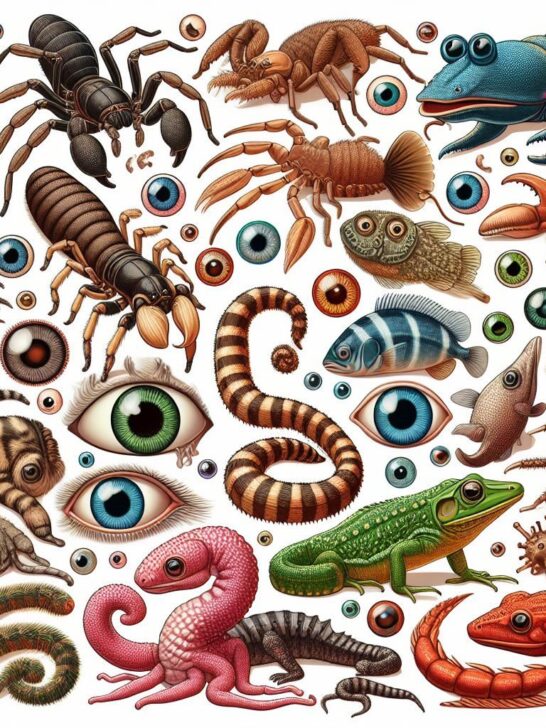From the depths of the ocean to the soaring heights of the skies, the animal kingdom is replete with fascinating creatures boasting an array of adaptations, including multiple eyes. These remarkable organisms showcase the diversity of nature’s design and offer unique insights into the evolution of vision. Let’s embark on a journey to discover some of the most extraordinary animals with multiple eyes, accompanied by captivating pictures to enhance our appreciation of their visual wonders.
Post Contents
1. Spiders
- Scientific Order: Araneae
- Number of Eyes: Varies (usually 8)
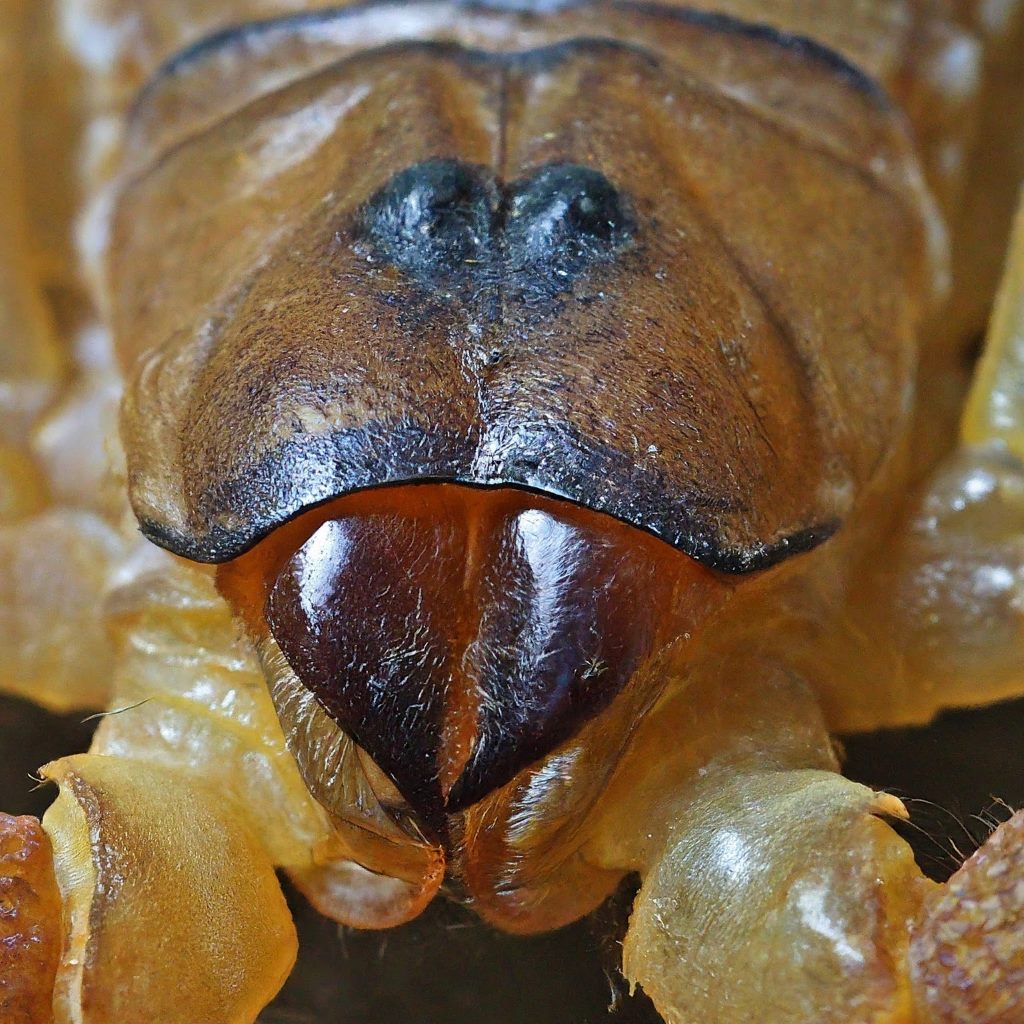
Spiders, arachnids known for their silk-spinning abilities and predatory behavior, typically have eight eyes arranged in various configurations on their cephalothorax. These eyes come in different sizes and shapes, allowing spiders to perceive their surroundings in detail and detect prey, predators, and potential mates. While some spider species have excellent vision, others rely more heavily on other senses, such as touch and vibration, to navigate their environment and locate prey.
2. Jumping Spider
- Scientific Name: Salticidae
- Number of Eyes: 8

Jumping spiders, belonging to the family Salticidae, are renowned for their remarkable vision and agile hunting behavior. With eight eyes arranged in various configurations on their cephalothorax, these small arachnids possess exceptional visual acuity, enabling them to accurately perceive their surroundings and stalk prey with precision.
3. Ogre-faced Spider
- Scientific Name: Deinopis
- Number of Eyes: 8
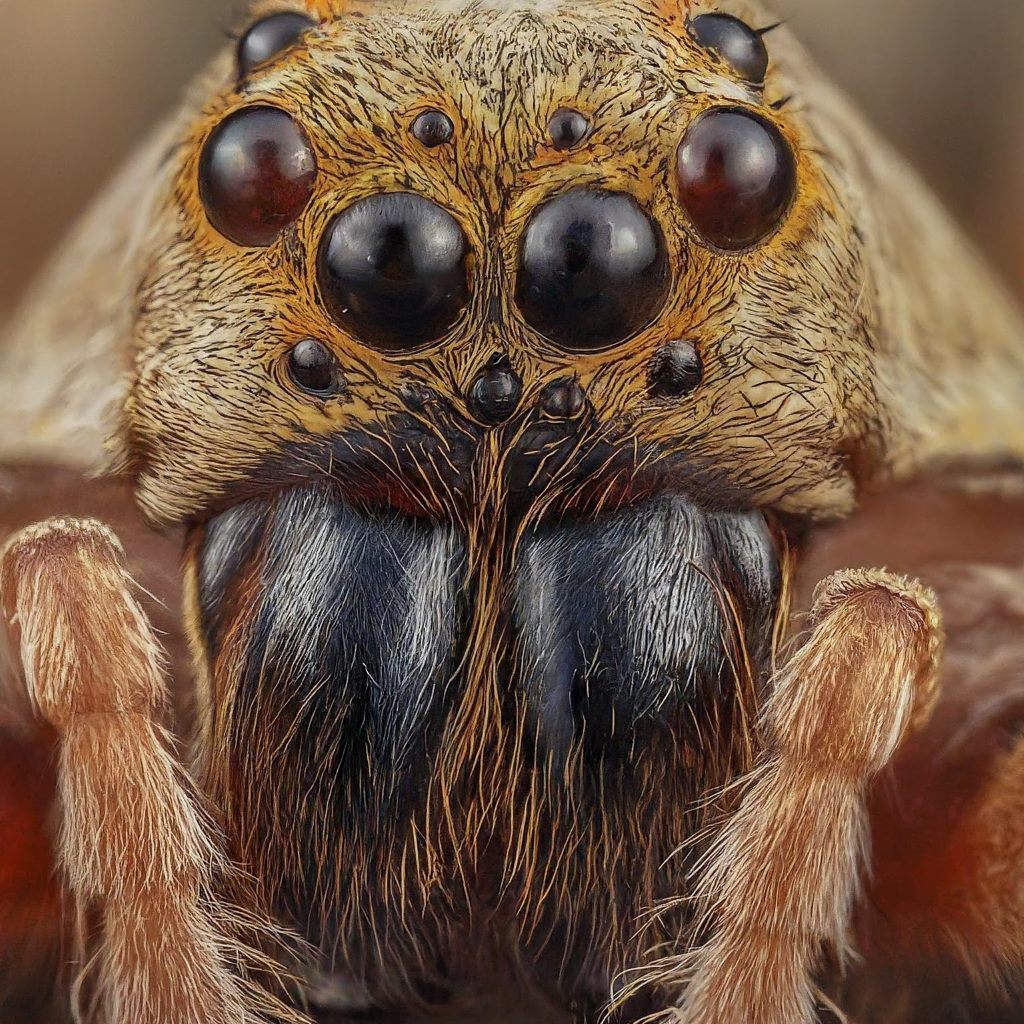
Ogre-faced spiders, also known as net-casting spiders, are nocturnal arachnids known for their unique hunting strategy and large, forward-facing eyes. These spiders possess eight eyes arranged in two rows, with the front row containing two enormous, forward-facing eyes that provide exceptional night vision and depth perception. The remaining six eyes are smaller and positioned further back on the spider’s head, allowing it to detect prey and potential threats from multiple angles.
4. Scorpion
- Scientific Name: Scorpiones
- Number of Eyes: 12
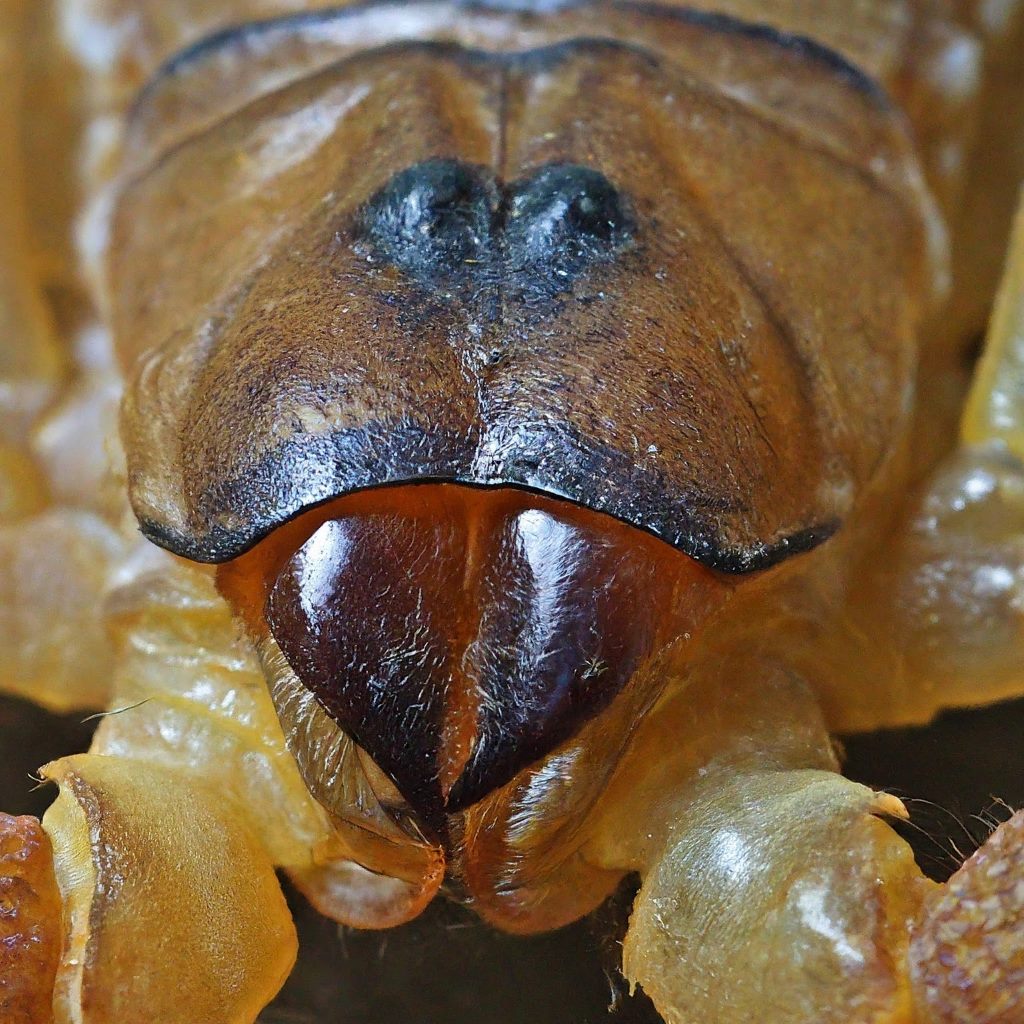
Scorpions, ancient arachnids equipped with a formidable arsenal of adaptations, including multiple eyes, are known for their nocturnal hunting prowess. With up to 12 eyes distributed across their carapace, these predatory arachnids possess keen vision in low-light conditions, allowing them to locate prey and navigate their environment with ease.
5. Horseshoe Crab
- Scientific Name: Limulidae
- Number of Eyes: 10
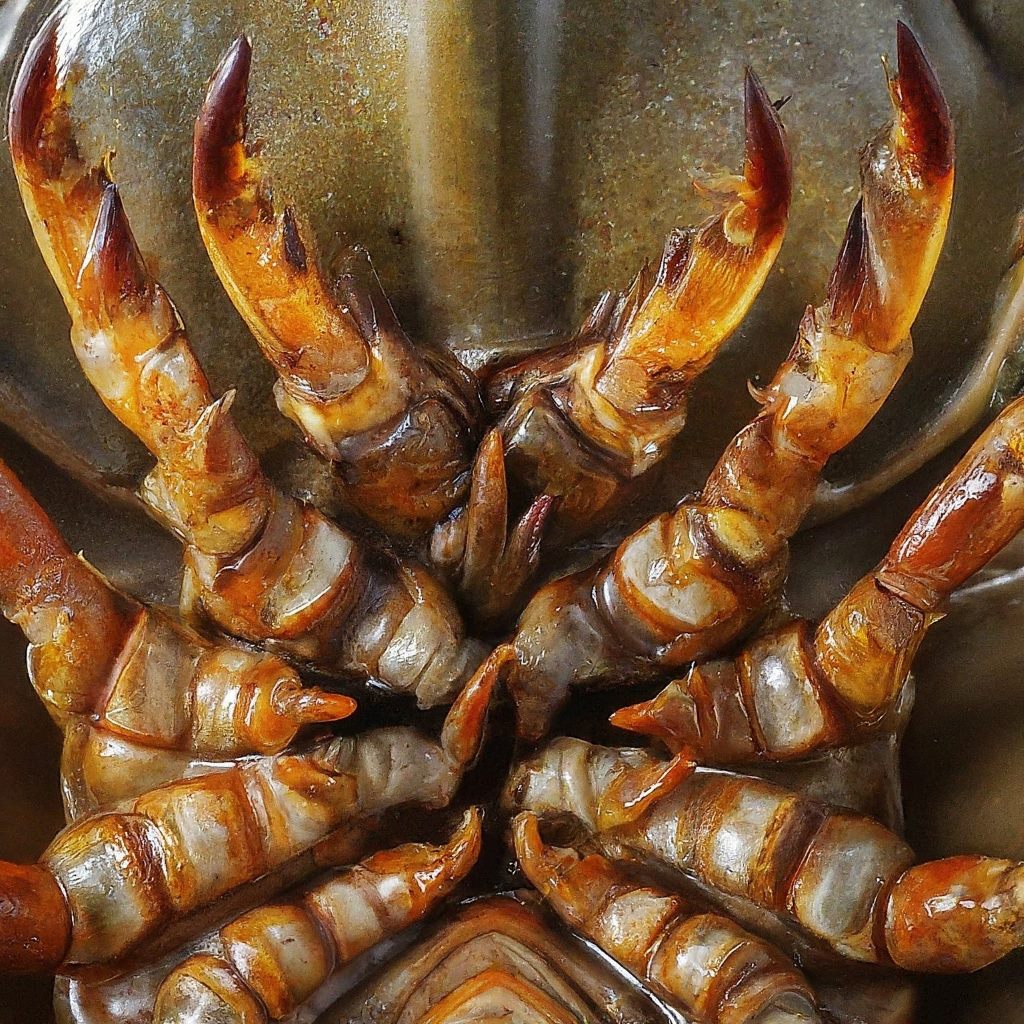
Horseshoe crabs, living fossils with a lineage dating back millions of years, boast a unique visual system comprised of multiple eyes. With ten eyes scattered across their carapace, including compound eyes and simple photoreceptors, these ancient arthropods possess a sophisticated array of visual sensors, aiding them in foraging, navigation, and mate detection.
6. Box Jellyfish
- Scientific Name: Cubozoa
- Number of Eyes: Varies
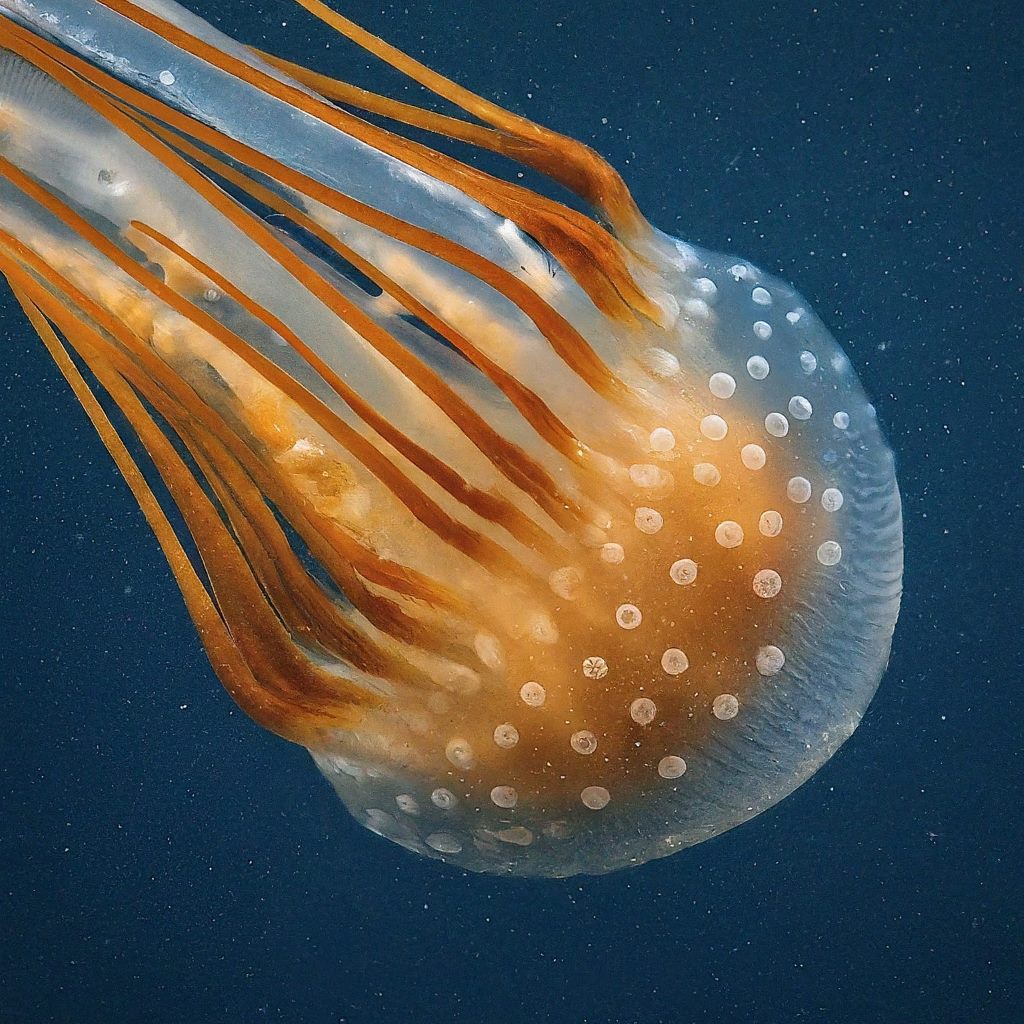
Box jellyfish, infamous inhabitants of tropical seas, possess a fascinating visual system characterized by clusters of eyes located on their bell margins. While the exact number of eyes varies among species, ranging from a few to several dozen, these complex visual organs enable box jellyfish to detect light, shadows, and even navigate their surroundings with surprising sophistication.
7. Starfish
- Scientific Name: Asteroidea
- Number of Eyes: 5
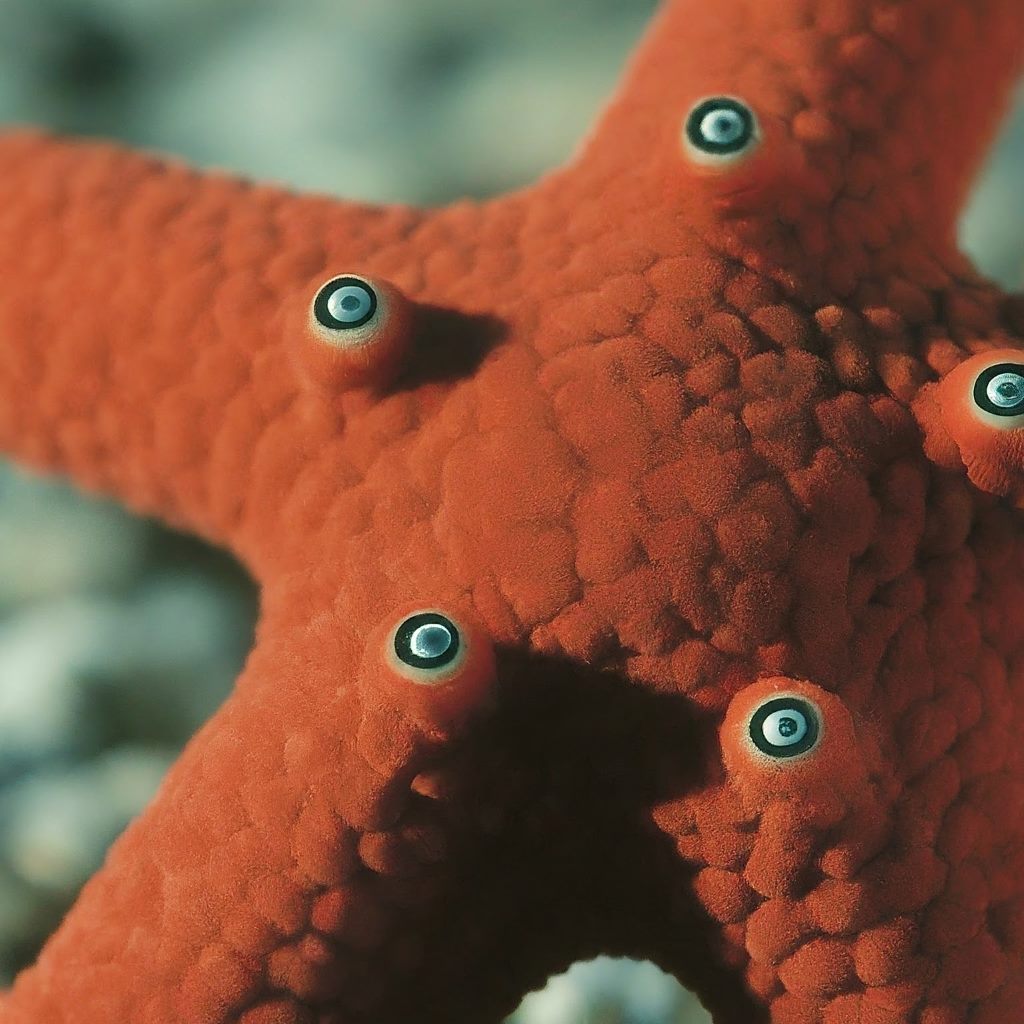
Starfish, iconic marine echinoderms renowned for their radial symmetry and regenerative abilities, possess an intriguing array of visual sensors. With five eyespots located at the tips of their arms, these simple photoreceptive structures enable starfish to detect changes in light intensity and orient themselves in their underwater habitat.
8. Dragonfly
- Scientific Name: Odonata
- Number of Eyes: 6
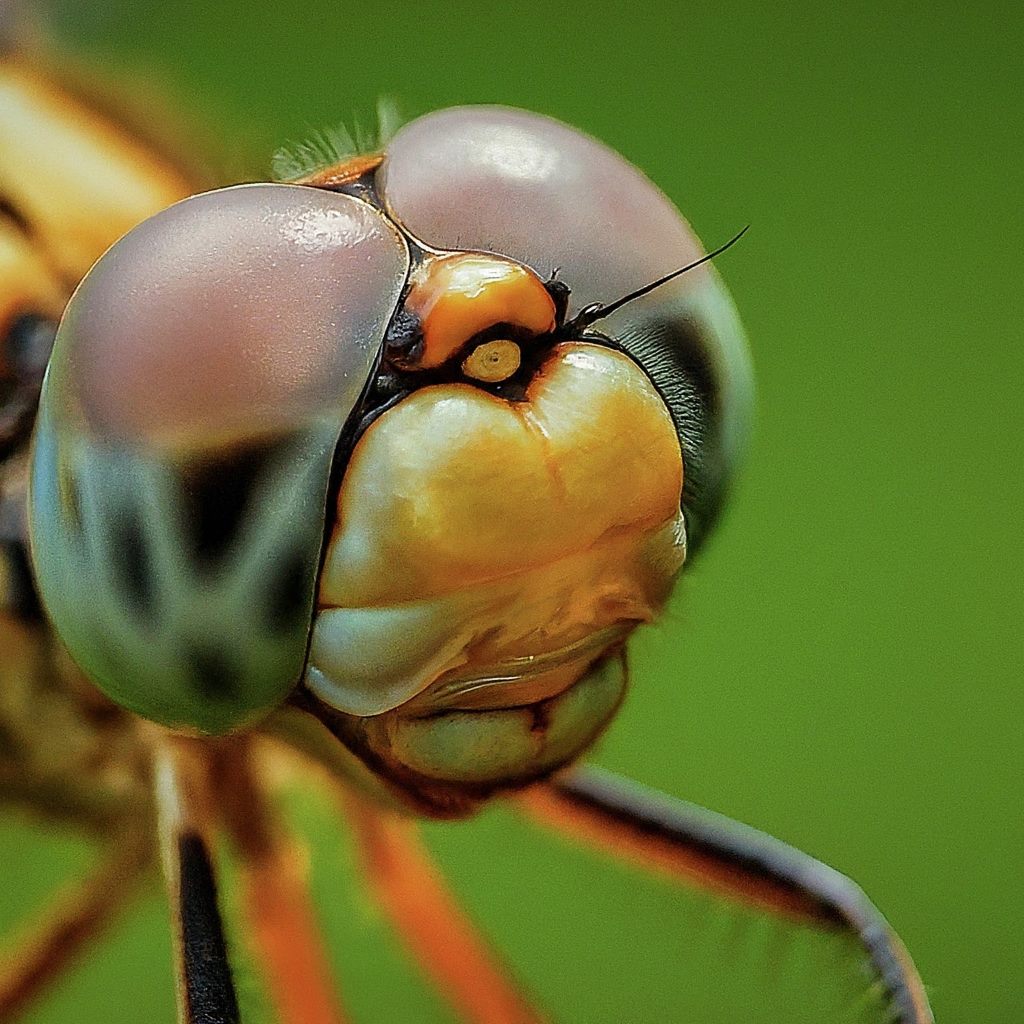
Dragonflies, belonging to the order Odonata, are known for their striking aerial acrobatics and large compound eyes. These fascinating insects have six eyes, with two large compound eyes dominating their head and providing excellent vision for hunting prey on the wing. Additionally, dragonflies have three small eyes, known as ocelli, positioned between their compound eyes, which aid in detecting changes in light intensity and orientation.
9. Praying Mantis
- Scientific Name: Mantodea
- Number of Eyes: 5
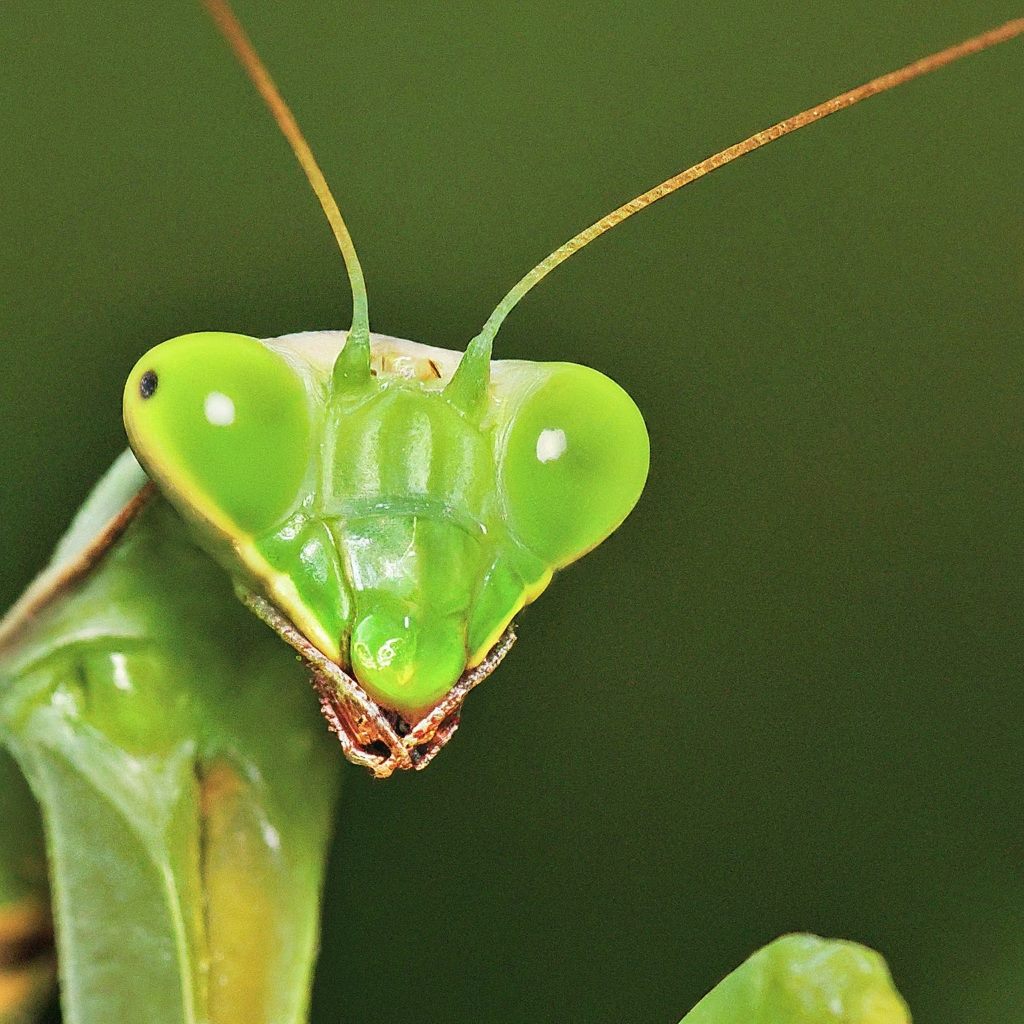
Praying mantises are iconic predatory insects known for their distinctive stance and voracious hunting behavior. With five eyes arranged around their triangular head, including two large compound eyes and three simple eyes known as ocelli, praying mantises possess excellent visual capabilities. Their compound eyes provide binocular vision, aiding in depth perception and accurate striking while hunting prey.
10. Housefly
- Scientific Name: Musca domestica
- Number of Eyes: 4,000

Houseflies, ubiquitous pests found worldwide, possess a unique visual system comprised of thousands of tiny individual eyes known as ommatidia. Each ommatidium contributes to the housefly’s mosaic vision, allowing it to detect movement and changes in light intensity with remarkable sensitivity. This complex visual system enables houseflies to navigate swiftly through their environment and locate food sources efficiently.
11. Stalk-Eyed Fly
- Scientific Name: Diopsidae
- Number of Eyes: Variable
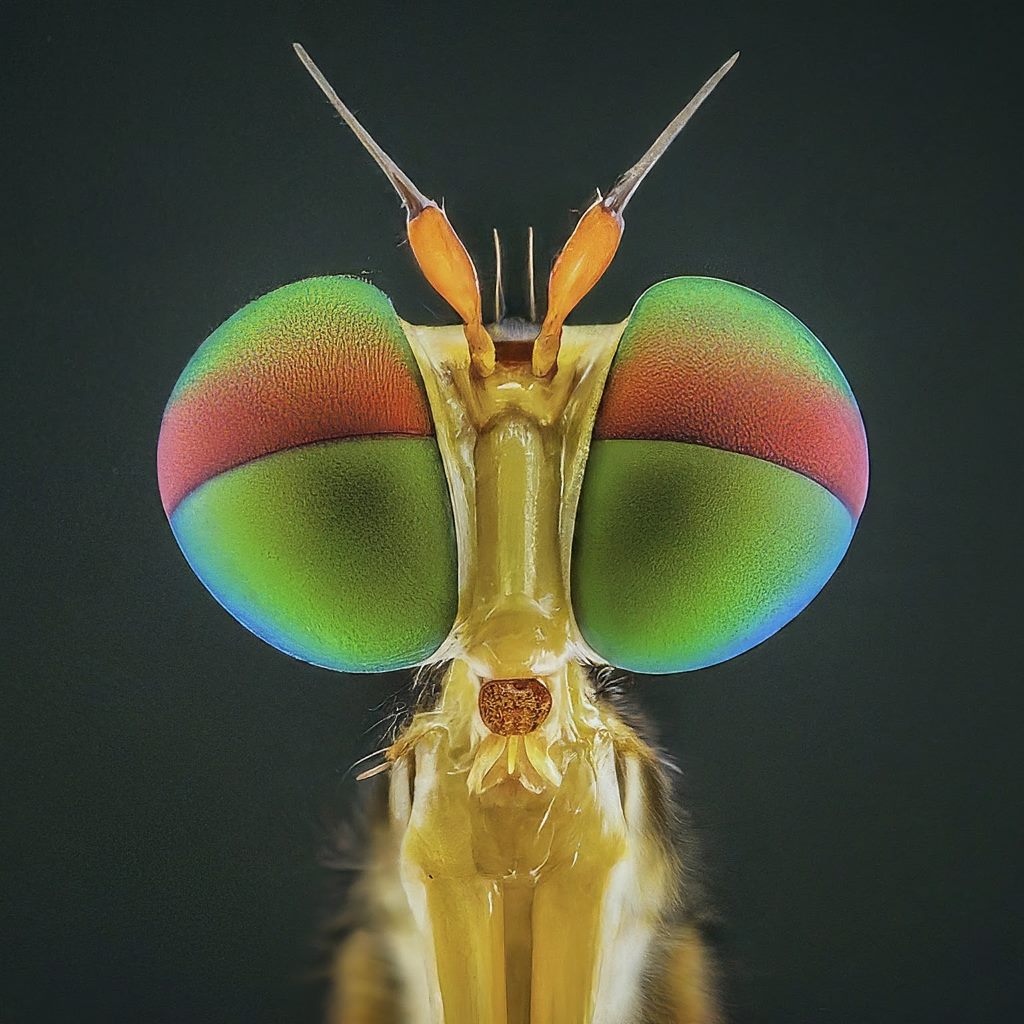
Stalk-eyed flies, characterized by their elongated eyestalks protruding from either side of their head, possess a unique visual adaptation for mate selection and competition. These flies have compound eyes located at the tips of their eyestalks, providing them with a wide field of vision and enhancing their ability to detect potential mates and rivals. The length of their eyestalks varies among species and is influenced by factors such as nutrition and environmental conditions.
12. Butterfly
- Scientific Name: Lepidoptera
- Number of Eyes: 6
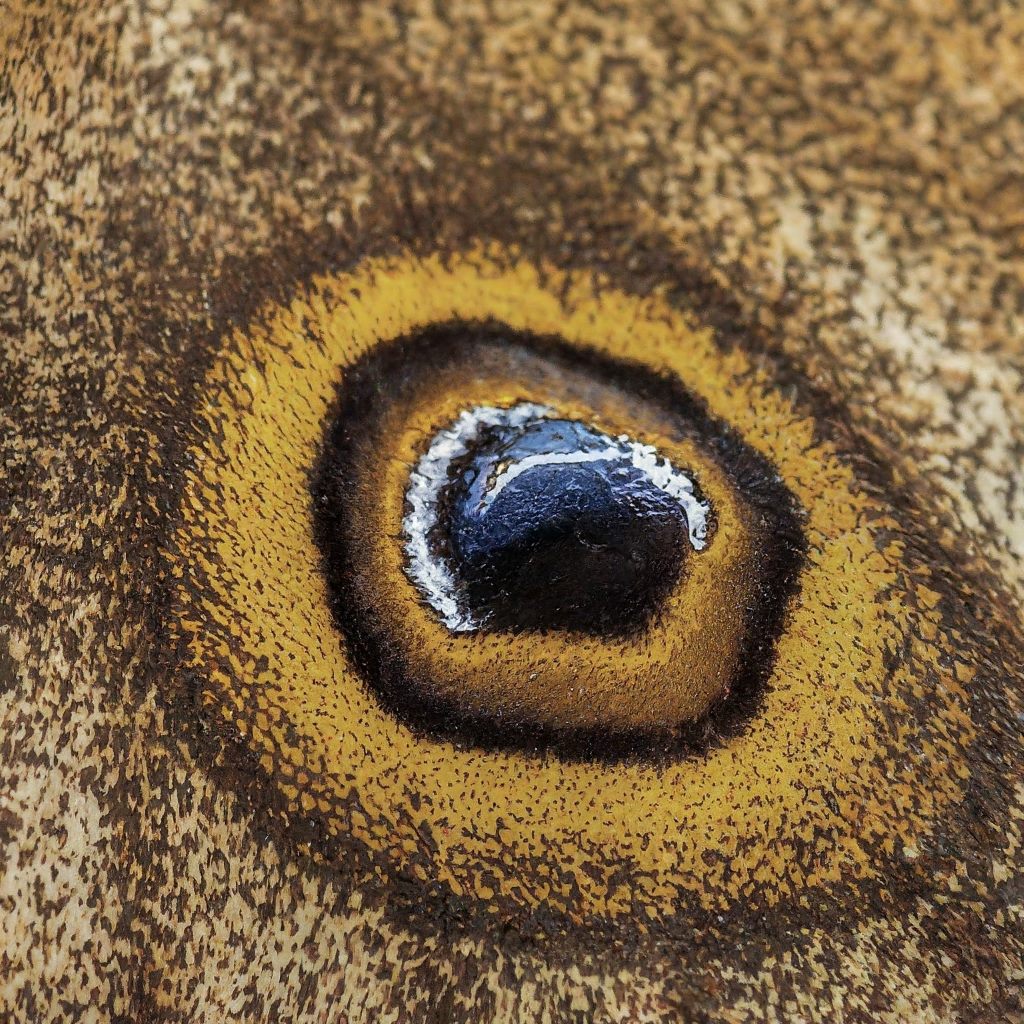
Butterflies, renowned for their colorful wings and graceful flight, possess intricate compound eyes that contribute to their visual perception. With six eyes arranged in a circular pattern on their head, butterflies have excellent color vision and depth perception, allowing them to navigate through complex environments and locate nectar-rich flowers for feeding.
13. Lobster
- Scientific Name: Homaridae
- Number of Eyes: 2 pairs, total of 4 eyes
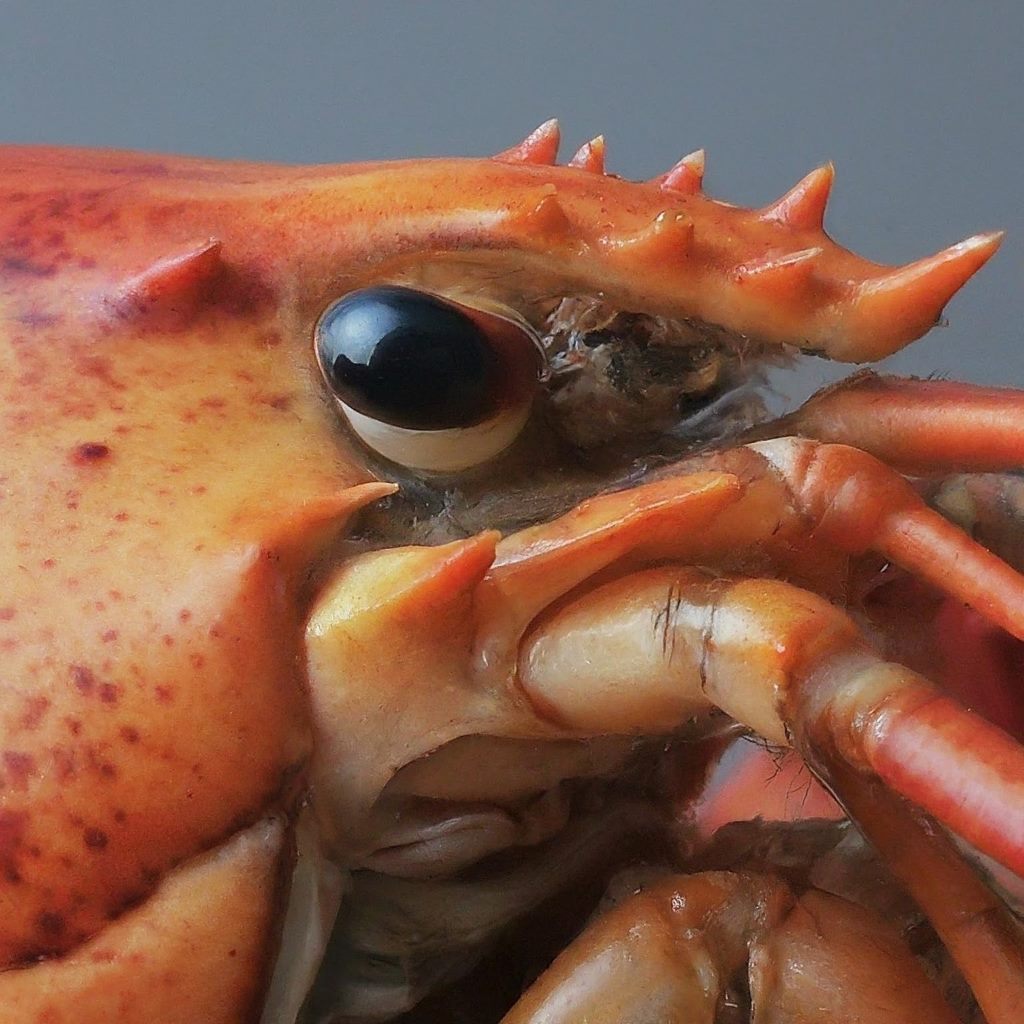
Lobsters, crustaceans found in marine habitats around the world, possess a unique visual system consisting of two pairs of eyes. The primary eyes, located on stalks protruding from the lobster’s head, are compound eyes that provide excellent vision for detecting prey and navigating their environment. In addition to their primary eyes, lobsters also have secondary eyes, known as dorsal eyes, situated on top of their carapace. These dorsal eyes detect changes in light intensity and aid in sensing predators from above.
14. Four-Eyed Fish
- Scientific Name: Anableps
- Number of Eyes: 4
The four-eyed fish, belonging to the genus Anableps, is a unique freshwater fish known for its distinctive eyes. Unlike most fish species, which have two eyes, the four-eyed fish has evolved to have four eyes positioned on the top of its head. These eyes are divided horizontally, with the upper portion adapted for vision above the water’s surface and the lower portion adapted for vision below the water’s surface. This adaptation allows the four-eyed fish to scan for both aerial and aquatic predators simultaneously while foraging for food near the water’s surface.
15. Lamprey
- Scientific Order: Petromyzontiformes
- Number of Eyes: 4
Lampreys, primitive jawless fish found in freshwater and marine habitats, possess a unique visual system characterized by four eyes. These eyes are located on each side of the lamprey’s head and are adapted for detecting changes in light intensity and locating potential prey. While lampreys primarily rely on their keen sense of smell and touch to navigate their environment and locate food, their eyes play a crucial role in detecting predators and other visual stimuli.
16. Chiton
- Scientific Name: Polyplacophora
- Number of Eyes: 1000

Chitons, marine mollusks with a unique shell composed of eight overlapping plates, possess a surprising number of eyes distributed along their body. While most chitons have numerous tiny eyespots scattered across their dorsal surface, some species can have up to a thousand eyes, each capable of detecting changes in light intensity. These eyespots enable chitons to detect predators and locate suitable habitat for feeding and reproduction in their rocky intertidal environment.
17. Komodo Dragon
- Scientific Name: Varanus komodoensis
- Number of Eyes: 3
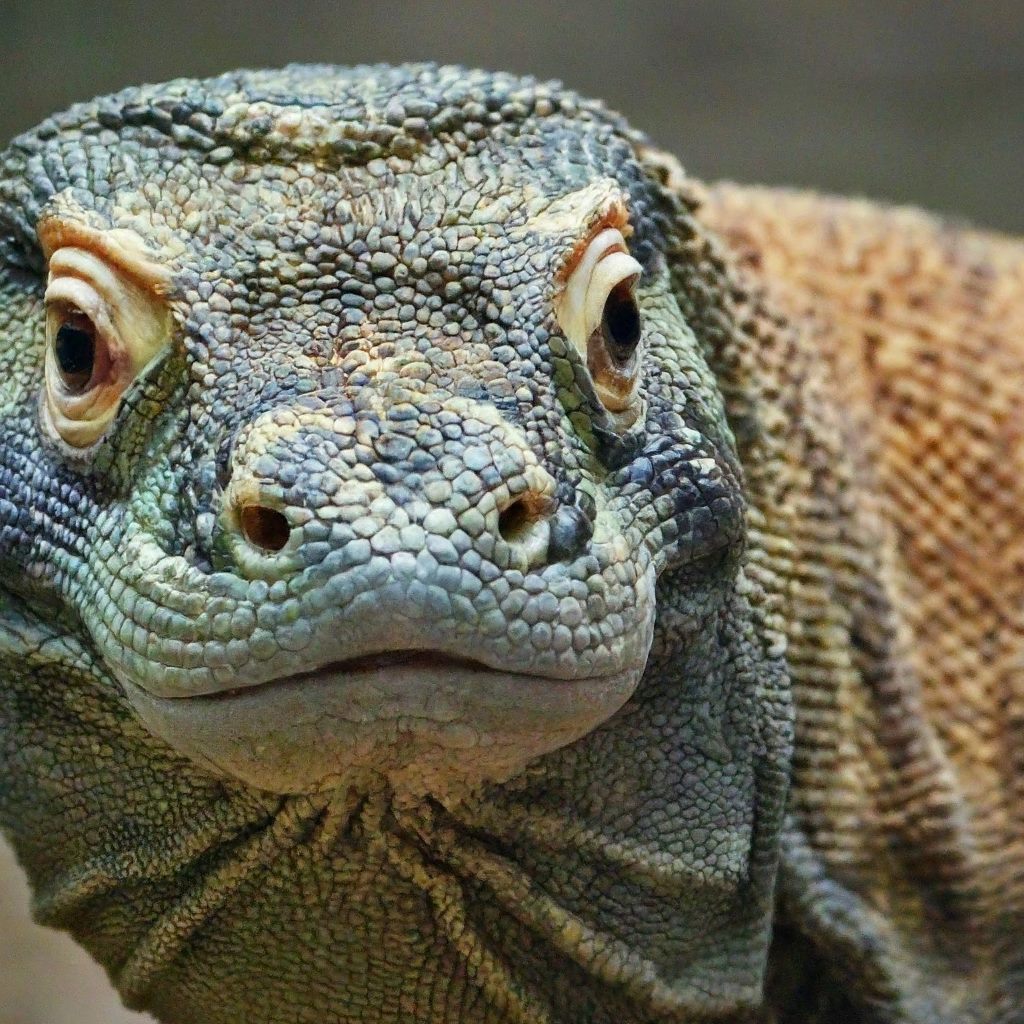
The Komodo dragon, a formidable reptile native to the Indonesian islands, possesses a unique visual system characterized by three eyes. In addition to its two primary eyes, which provide binocular vision for hunting and navigation, the Komodo dragon has a specialized eye called the parietal eye, or pineal gland, located on the top of its head. While the parietal eye is not capable of forming images like the primary eyes, it can detect changes in light intensity and may play a role in regulating the reptile’s circadian rhythms and basking behavior.
18. Iguana
- Scientific Name: Iguana
- Number of Eyes: 3
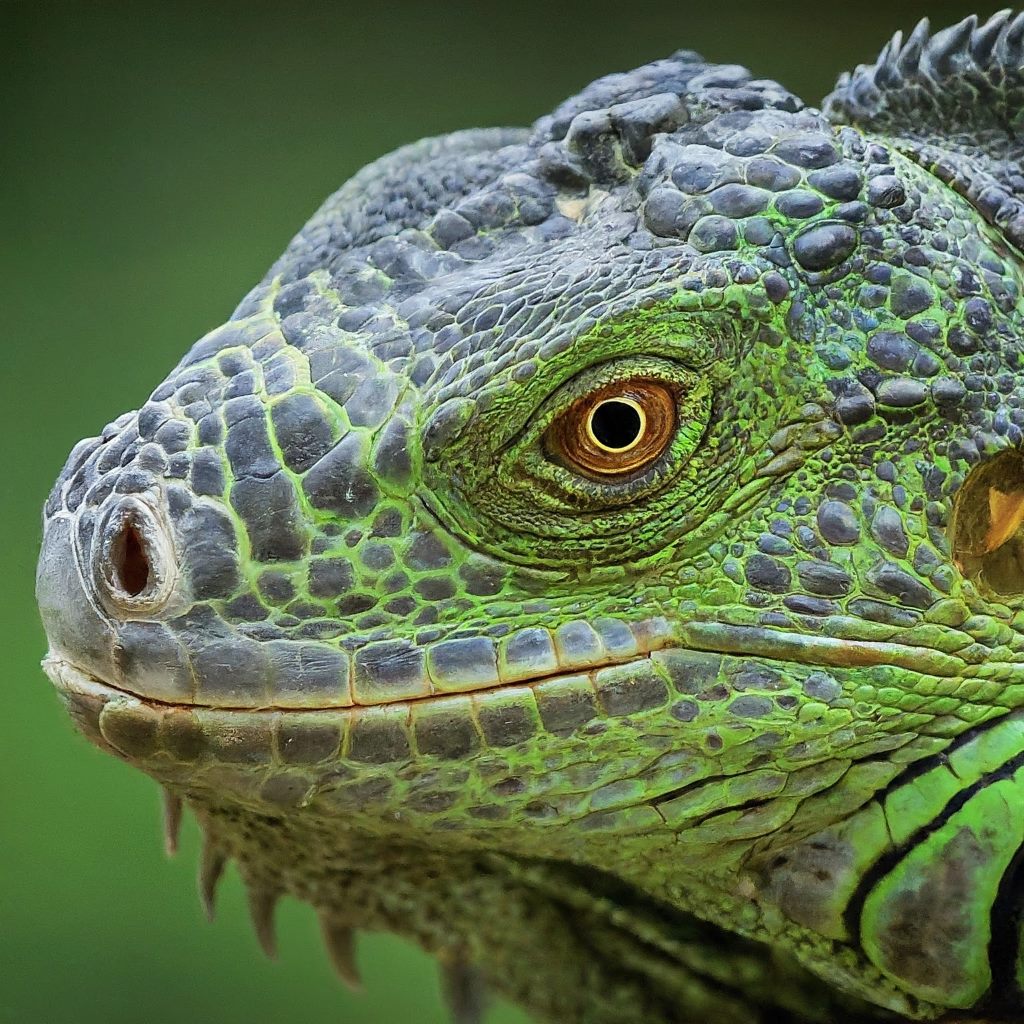
Iguanas, arboreal lizards found in Central and South America, possess three eyes, similar to their distant relative, the Komodo dragon. Like other reptiles, iguanas have two primary eyes for vision, as well as a parietal eye located on the top of their head. While the function of the parietal eye in iguanas is not fully understood, it is thought to play a role in detecting changes in light intensity and regulating behavioral responses to environmental cues.
19. Tuatara
- Scientific Name: Sphenodon punctatus
- Number of Eyes: 3
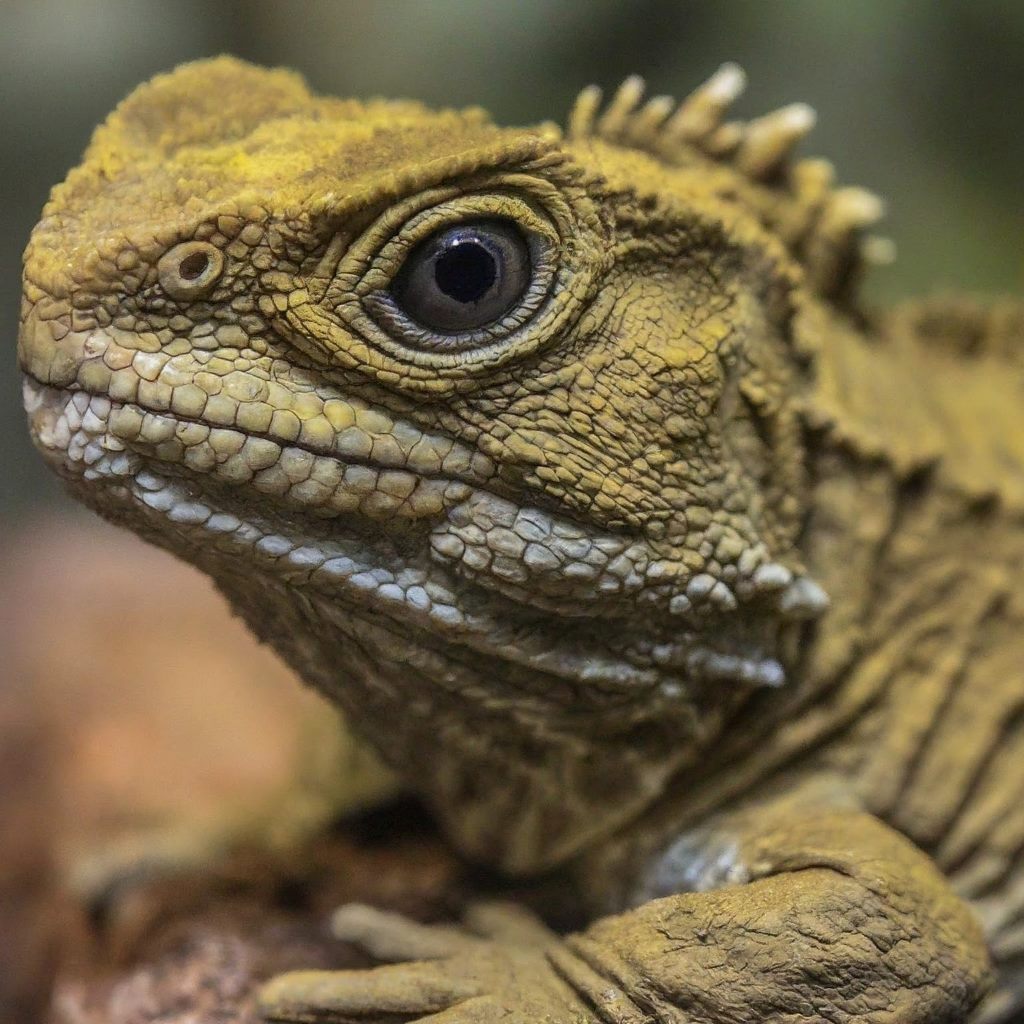
The tuatara, a reptile endemic to New Zealand, possesses three eyes, making it another fascinating example of an animal with multiple visual organs. Similar to the Komodo dragon and iguana, the tuatara has two primary eyes for vision and a parietal eye located on the top of its head. While the tuatara’s parietal eye is small and covered by scales, it is believed to be sensitive to changes in light intensity and may play a role in regulating the reptile’s behavior and physiology.
20. Opabinia
- Scientific Name: Opabinia regalis
- Number of Eyes: 5

Opabinia, an extinct marine arthropod that lived during the Cambrian period, possessed a unique visual system characterized by five eyes. This ancient creature had two large compound eyes on stalks, similar to those of modern-day crustaceans, as well as three smaller eyes positioned along its body. These eyes likely provided Opabinia with a wide field of vision, allowing it to detect prey and predators in its ancient ocean habitat.
21. Triops
- Scientific Name: Triops
- Number of Eyes: 3
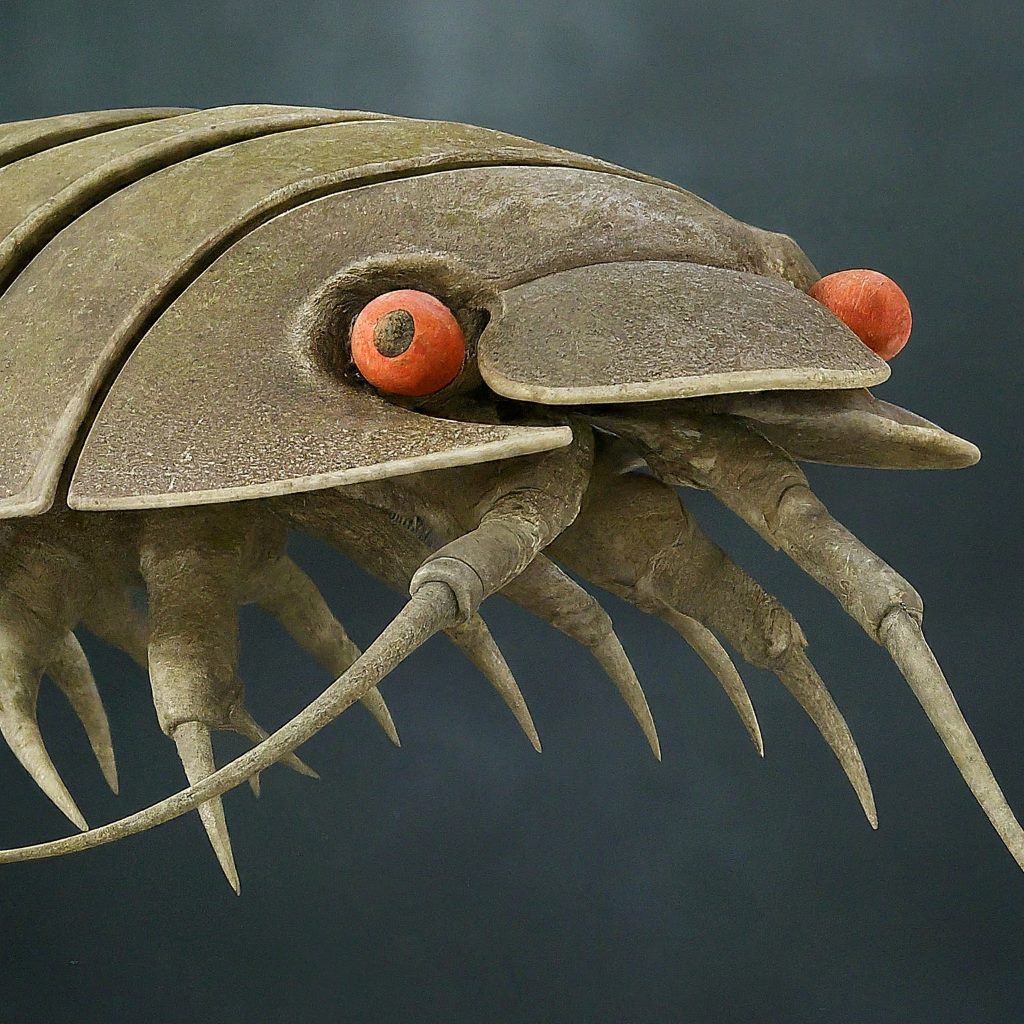
Triops, commonly known as tadpole shrimp, are small freshwater crustaceans known for their unique appearance and fascinating life cycle. These creatures possess three eyes, including two primary eyes for vision and a third eye located on the top of their head. While the function of the third eye in Triops is not fully understood, it is believed to play a role in detecting changes in light intensity and regulating the animal’s behavior.
22. Bees
- Scientific Name: Anthophila
- Number of Eyes: 5
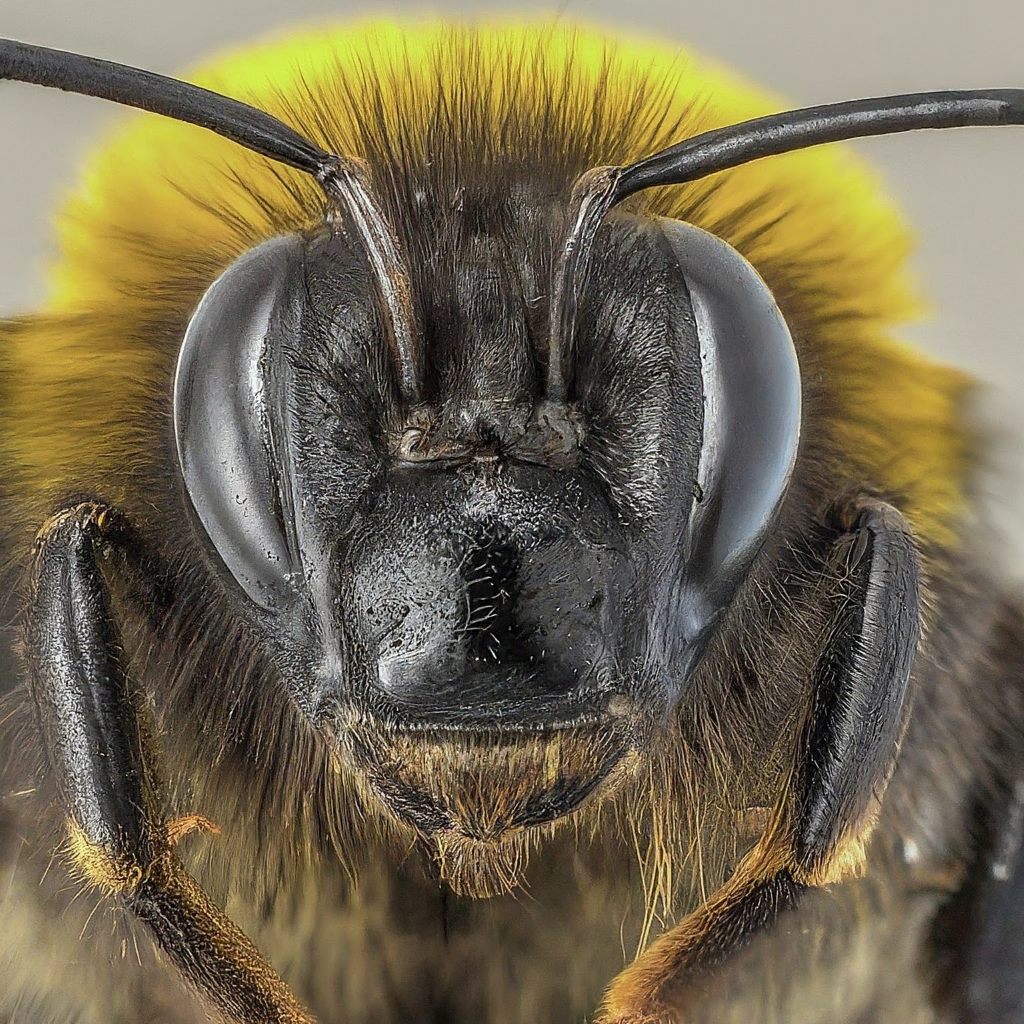
Bees, essential pollinators found in various ecosystems worldwide, possess a complex visual system comprised of five eyes. Their most prominent eyes are two large compound eyes located on the sides of their head, which provide excellent color vision and motion detection, essential for navigation and foraging. Additionally, bees have three smaller eyes called ocelli, positioned between their compound eyes, which aid in detecting changes in light intensity and maintaining stability during flight.
Conclusion
In conclusion, animals with multiple eyes exhibit a fascinating array of adaptations for visual perception, each suited to their specific ecological niche and behavioral requirements. From the intricate compound eyes of insects to the specialized visual organs of marine and freshwater creatures, these organisms exemplify the incredible diversity and complexity of nature’s visual systems. By studying the visual adaptations of these extraordinary animals, scientists gain valuable insights into the evolution of vision and the intricate interplay between form and function in the natural world.

94% of pet owners say their animal pal makes them smile more than once a day. In 2007, I realized that I was made for saving Animals. My father is a Vet, and I think every pet deserves one. I started this blog, “InPetCare”, in 2019 with my father to enlighten a wider audience.
